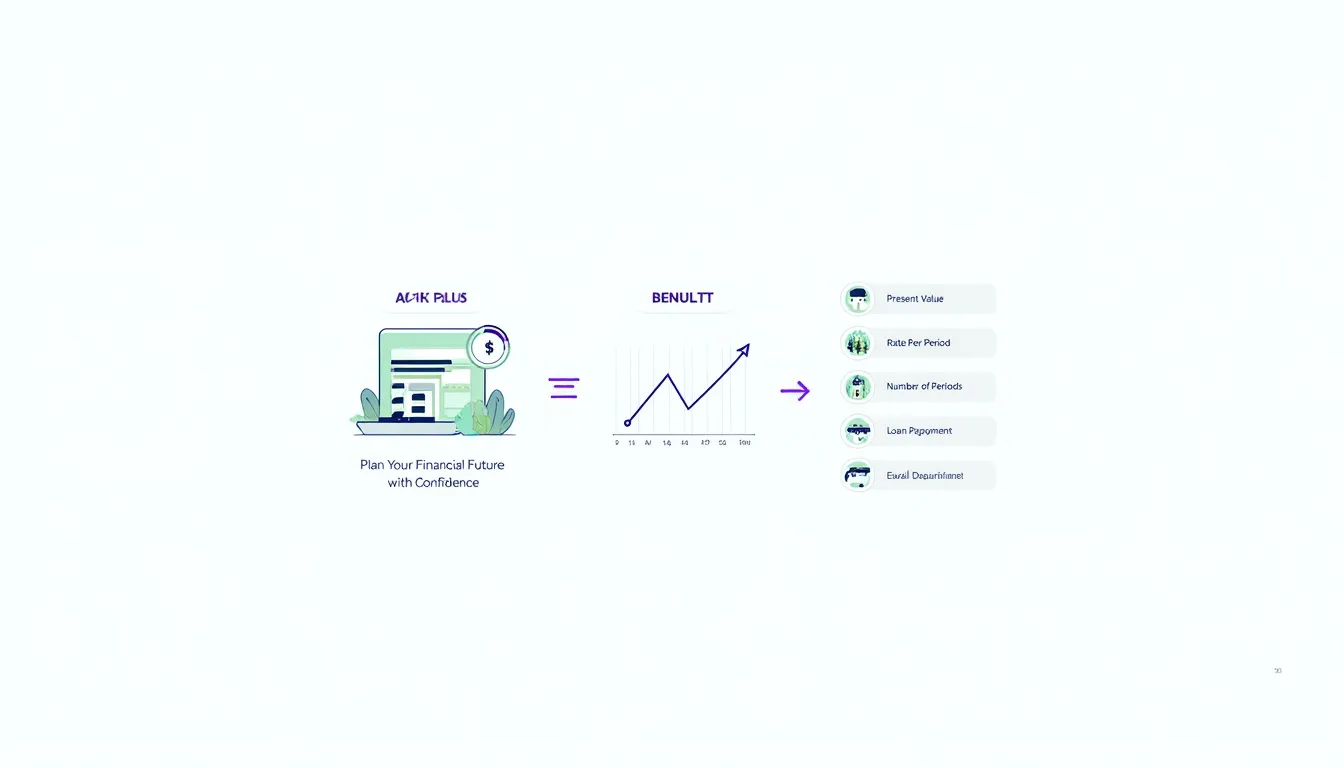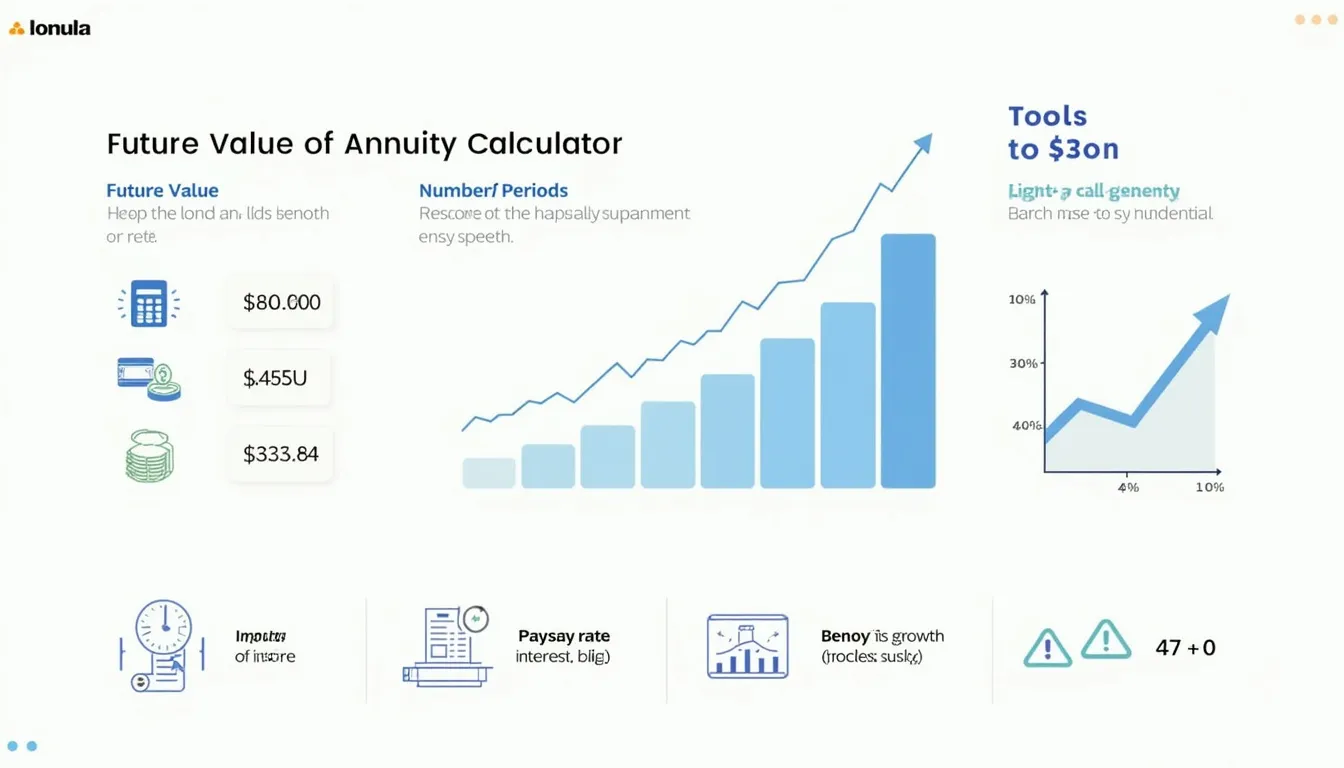Annuity Payment Present Value Calculator
Is this tool helpful?
How to use the tool
- Present Value – type the current lump-sum value. Try 75 000 or 92 500.
- Rate Per Period (%) – enter the periodic interest rate in percent. Example inputs: 4.5 or 0.75.
- Number of Periods – state how many equal payments you expect. Test 48 or 96.
- Press Calculate; your periodic payment appears instantly.
Formula used
$$ PMT = rac{PV \times r}{1-(1+r)^{-n}} $$
- PMT – periodic payment
- PV – present value
- r – rate per period (decimal)
- n – total periods
Example A
- PV = 75 000
- r = 4.5 % = 0.045
- n = 48
$$ PMT = rac{75\,000 \times 0.045}{1-(1.045)^{-48}} \approx \$3\,840.05 $$
Example B
- PV = 90 000
- r = 0.75 % = 0.0075
- n = 96
$$ PMT = rac{90\,000 \times 0.0075}{1-(1.0075)^{-96}} \approx \$1\,318.36 $$
Quick-Facts
- Formula aligns with the Uniform Series Present Worth factor (Blank & Tarquin, 2018).
- IRS uses a 4 % assumed rate when valuing private annuities (IRS Pub 939, 2022).
- Average fixed annuity crediting rate was 4.25 % in 2023 (LIMRA Secure Retirement Institute, 2023).
- U.S. life insurers hold ≈ $2.6 trillion in annuity reserves (NAIC Annual Report, 2022).
FAQ
What is present value?
Present value is today’s lump-sum amount equivalent to future payments discounted at the chosen rate (Investopedia, 2023).
How does the rate per period affect payment size?
Higher rates raise the numerator (PV × r) and shorten the discount factor, increasing each payment (Blank & Tarquin, 2018).
Can I convert annual rates to monthly?
Divide the nominal annual rate by 12 and multiply years by 12 for periods—this keeps units consistent (CFI, 2023).
Does the calculator handle annuity due?
For annuity-due payments, multiply the result by (1 + r); same formula, shifted one period earlier (Ross et al., 2022).
How can I solve for present value instead?
Rearrange the formula: $$ PV = rac{PMT \,[1-(1+r)^{-n}]}{r} $$ (Gibson, 2021).
What if payments are irregular?
This tool assumes equal intervals; irregular schedules need cash-flow discounting by individual dates (Kieso et al., 2022).
Is inflation included?
Payments are nominal. Adjust the rate by subtracting expected inflation for real-value planning (BLS CPI FAQ, 2023).
Why does time value matter?
“Money now is worth more than the identical sum later” (Principles of Engineering Economy, Blank & Tarquin, 2018).
Important Disclaimer
The calculations, results, and content provided by our tools are not guaranteed to be accurate, complete, or reliable. Users are responsible for verifying and interpreting the results. Our content and tools may contain errors, biases, or inconsistencies. Do not enter personal data, sensitive information, or personally identifiable information in our web forms or tools. Such data entry violates our terms of service and may result in unauthorized disclosure to third parties. We reserve the right to save inputs and outputs from our tools for the purposes of error debugging, bias identification, and performance improvement. External companies providing AI models used in our tools may also save and process data in accordance with their own policies. By using our tools, you consent to this data collection and processing. We reserve the right to limit the usage of our tools based on current usability factors.







